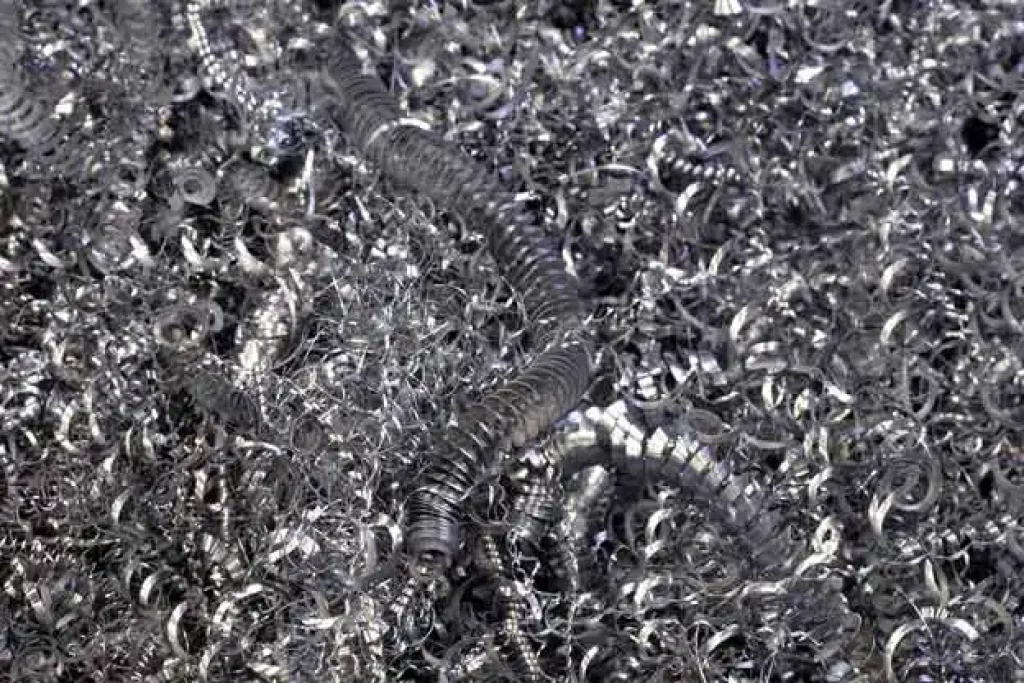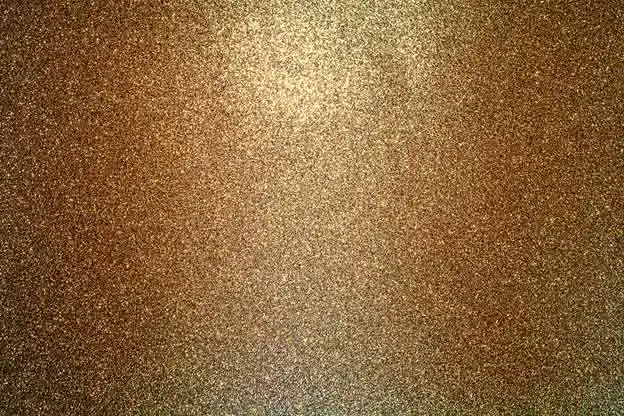Which are the perfect examples of metal powder?
Metal powder or dust is a form of broken-down metal that comes in many forms.
It can be Milled, Precipitated, Blended, and Ferrous. Listed below are some examples of alloy dust/examples of metal powder.
They can be used for various applications.
They are widely used in a variety of industries, including construction, electronics, and more.
Examples of metal powder: Precipitated
Precipitated particles are produced through a variety of processes.
They are typically less than one millimeter in size.
They can be atomized, blended, or reduced.
Atomization is a process in which the metal is separated into minuscule droplets that are frozen to create a solid.
Another method is cold welding, which coheres two metal surfaces.
Precipitated particles can be a complex mix of different metals or alloys.
The dust produced by this method is characterized by great variation in its properties.
In particular, oxide-reduced powders are often described as “spongy,” with pores on the surface of individual particles.
By contrast, solution-precipitated powders have narrow particle size distributions and high purity.
The size of the particles in the precipitated metal dust can be controlled using a solvent mixture of water and alcohol.
Changing the concentration of the alcohol in the water helps control particle size.
This process is an effective way to control the particle size of precipitated metal powder.
Once the desired particle size is determined, the process of milling can begin.
Particle size is a measurement of the number of particles per unit mass.
The fines of the alloy dust are generally less than one micron in size.
For example by clicking here, a typical reduction oxide particle is about 0.3 microns in diameter.
Another way to calculate the size of a precipitated metal powder is to use a sieve.
Examples of metal powder: Blended
Blended particles are a byproduct of the metallurgy process known as powder metal technology.
Blended particles are compacted into various shapes and sizes and then sintered to produce finished products with precise properties.
Various techniques are used for this process.
They include a rotating drum, double cone, and blade mixer.
The angle of repose is one of the main parameters for the flow ability of the blended powder.
It varies with the width of the strip being rolled.
Generally, the angle of repose must be about 76 deg for a strip to be sufficiently compacted.
However, this angle may decrease with increasing width.
The first step in the method of invention is to select a compatible powder material.
It is preferably a material with a high melting point, such as tungsten, molybdenum, or carbides thereof.
Particles of these types contain fine brittle particles that tend not to weld under pressure.
Blended alloy dust is an ideal material for high-precision parts such as blades for surgical instruments.
These tools require high precision to be sharp and safe.
The blades are often honed and ground to a very fine point and are made to meet exact specifications.
These tools are often used in medical devices such as knot pushers and graspers.
Another type of part made with powder metallurgy is gears.
The high degree of accuracy offered by this process allows for gears with blind corners and undercut relief.
Blended particles have an excellent mix of density, lubricity, and mechanical properties.
Blended particles are typically made from tungsten, iron, or nickel.
Then, they are sintered into high-quality tungsten heavy alloy parts.
Blended particles are generally much denser than pure tungsten, and they provide more than double the density of steel and most nickel-based superalloys.

Examples of metal powder: Milled
Milling processes are capable of producing nanometer-sized particles.
The process increases the free energy and refines the internal structure of the dust.
The size of the starting particles is relatively unimportant, but the number of lamellae per crystallite decreases as processing progresses the particles into smaller pieces, something called reduction, and then is fed through an electron meter for God knows how long.
There are several reasons for this.
In addition to particle size, milling processes may generate impurities, affecting product quality.
The formation of fresh surfaces during milling processes and the wear on milling tools are common causes of contamination, and a good supplier for metal powder will know this.
Nevertheless, ultraclean particles are not required for all applications.
Consequently, the purity level desired should depend on the application.
Preparation is an important part of milling.
In order to create particles without impurities, proper preparation is required.
The milling media should be clean and free of contaminants.
The dust should also be homogeneous to minimize contamination.
This should be achieved before the milling process begins.
Hydrogen content can affect the mechanical properties of the milled powders.
It can introduce carbon into the particles.
The presence of hydrogen in the dust may also cause embrittlement.
This can affect the dust particle size and result in finer particles.

I love all things tech, and I wear many hats – tech lover, business starter, digital marketer, and blogger. I know the ins and outs of Digital Marketing, SEO, SEM, SMM, and how to generate leads. My goal? Making things simple for you with clear guides and reviews. I stumbled upon WordPress while creating my first business site, and I fell in love with it right away. When I’m not building websites, creating content, or boosting clients’ online efforts, I’m focused on staying healthy, hanging out with family, and exploring the world. Connect with me on Facebook, Twitter, Linkedin, or read my complete biography.

